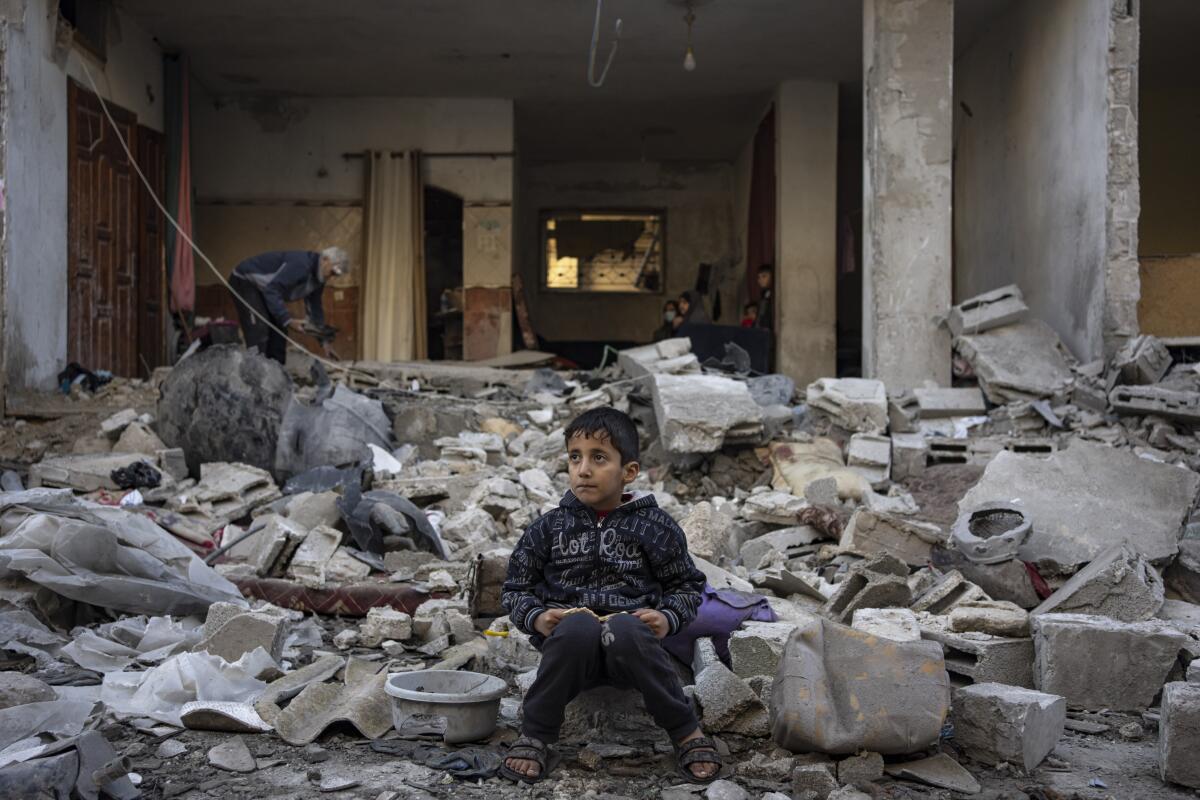Soldiers’ daring escape during the fall of the Philippines

Lieutenant. Gauss escaped in another way. Working as an infantryman on the front lines with an air force, he was carrying trucks loaded with food and equipment, not knowing the facts hours before the Americans surrendered. Lieutenant. Gauss encountered a Japanese armored car on the road, jumped off a bridge, hid on the river bank overnight, and the next day. He sneaked through Japanese camps at night, through troops sleeping foot-to-foot on mats. Along the coast, he was captured by three of his enemy soldiers, stripped naked, and camped with 300 of his other Americans.
Loading
He ran to the beach and swam out to the boat. The Japanese saw him and opened fire, but missed. He slept for hours in the boat, and when he began rowing in the dinghy, the Japanese began machine-gun fire on him.When he reached Corregidor, his rowboat had machine-gun holes. There were 40 Japanese planes were heavily bombing the forts on the island. When Corregidor’s surrender was imminent, he pushed away in a native bunka (canoe), but his small boat was overturned in a storm. Struggling to land at dawn, he headed barefoot into the mountains to rest for a week. Finding another banca, he sailed for another island, where he stayed for three weeks.
Magazine map as a guide
While there, he learned through the “bamboo radio” that it resembled Australia’s “Bush Telegraph,” which spread word-of-mouth news, and that Captain Osborne was also about to flee south before the Japanese. sent word suggesting that they should go together. It was a month before they met on another island in mid-July.
The radio on the old motorboat they happened to be on was out of order and could not be repaired. Nevertheless, they stocked up on food and fuel, fitted out emergency sails, and set off on August 15, hoisting the American flag.
Lieutenant Gauss was the captain and navigator, and his only aid was a map of Oceania from the National Geographic Magazine. Captain Osborne was “cock and crew”.
When asked how he was able to create Australia, Lieutenant Gauss replied, “It’s a pretty big place, and I knew it was out here somewhere, so I had to come across a piece of it.”
Loading
In fact, they reached the coast within 15 miles of the agreed point. Strong winds tore the sails on her 58-day journey to launch, forcing her to travel to unknown islands to patch and repair. Risking capture by the Japanese at many points, they stopped at island villages for water. On several occasions they moored the boat in waters populated by the Japanese and plugged the leaks of the rotting hull.
In September it survived two days of a typhoon. Often washed up near reefs. During one stage of bad weather, she overtook two Japanese cruisers escorting two transports, but escaped their attention. Another time they sailed near the island and saw the Japanese flag fluttering over the camp.
On the afternoon of 3 October, when Australia was nearly in sight, Japanese planes circled and strafed for fifteen minutes, but did no significant damage. When they sighted the Australian coast, there was no sign of life and for the first time they began to worry about water supplies. I assured the filthy men with hair that the Japanese had not arrived in Australia.
The first thing the deserters ate in months were canned peaches from the launch lockers.
Soldiers’ daring escape during the fall of the Philippines
Source link Soldiers’ daring escape during the fall of the Philippines






